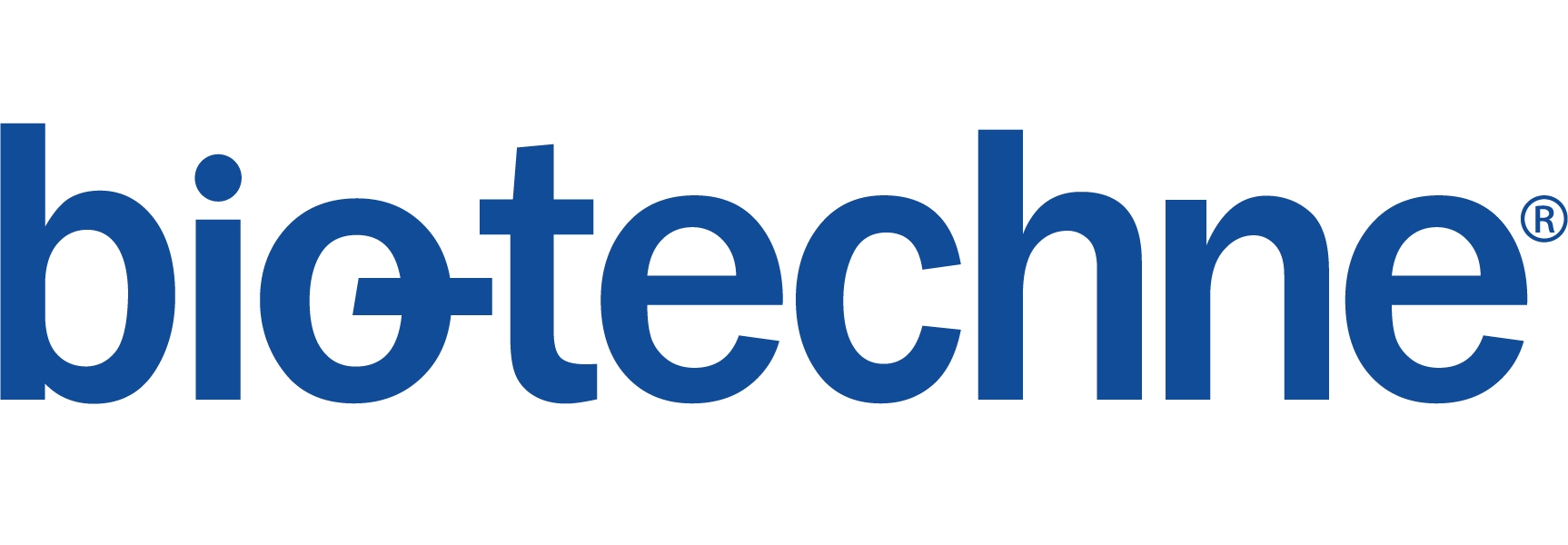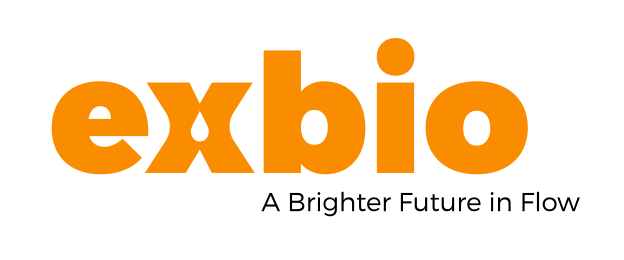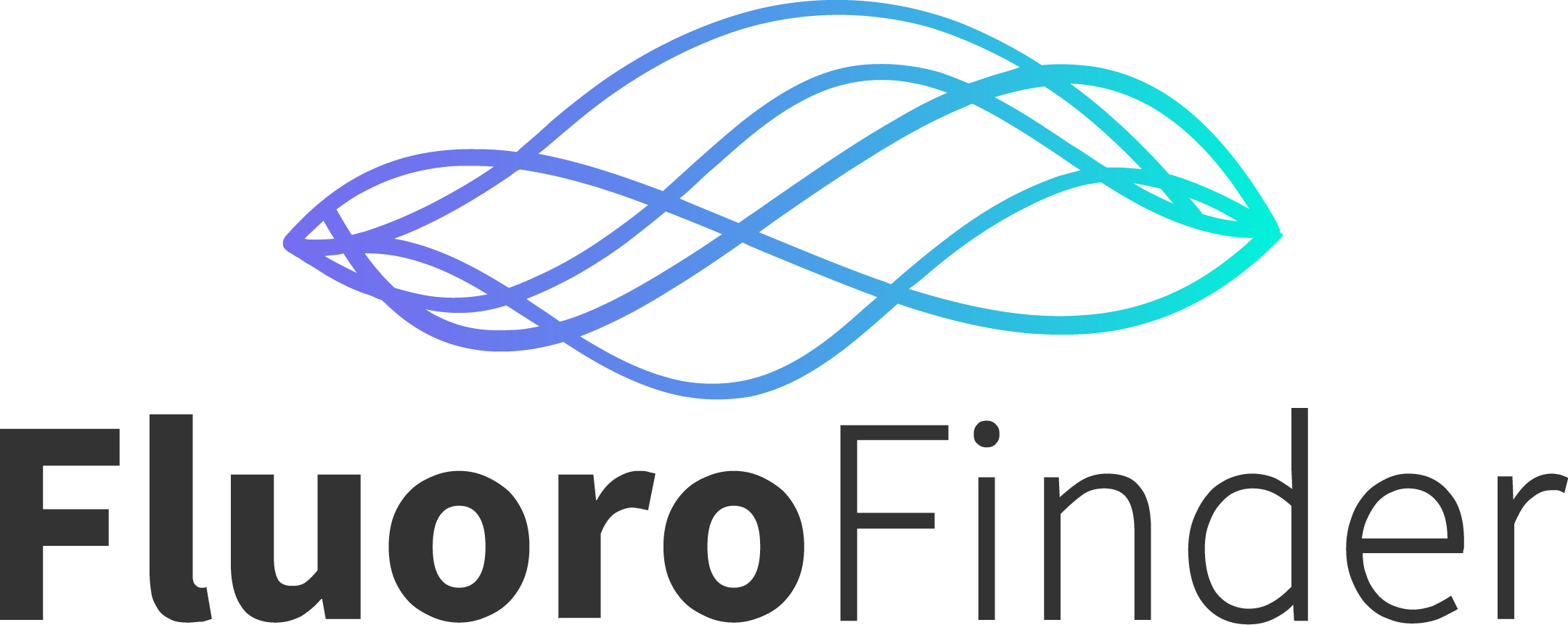-
GENE_NAME : CD7
CD_NAME : CD7
DESC: CD7 antigen (p41)
OTH_NAMES: GP40; LEU-9; TP41; Tp40CLONE_NAME ISO_TYPE SUBMITTER AVAILABLE_FROM 124-1D1 IgG1 Vilella Thermo Fisher Scientific CD7-6B7 IgG2a Knapp AbD Serotec Leu-9 IgG2ak Warner BD Biosciences LT7 IgG2a Filatov AbD Serotec M-T701 IgG1k Rieber BD Biosciences MEM-186 IgG1 Horejsi BioLegend YTH30.15 IgG2b Waldmann H AbD Serotec 124-1D1 IgG1 Tinsley Novus Biologicals 3A1e-12H7 IgG2b Tinsley Novus Biologicals B-F12 IgG2a Tinsley Novus Biologicals HuLym2 IgG2a Tinsley Novus Biologicals MEM-186 IgG1 Tinsley Novus Biologicals CD7-6B7 IgG2a Knapp BioLegend MEM-186 IgG1 Horejsi AbD Serotec 124-1D1 Mouse IgG1 EXBIO Praha MEM-186 Mouse IgG1 Horejsi EXBIO Praha -
CLONE_NAME ISO_TYPE SUBMITTER AVAILABLE_FROM 1-3 IgG2a Dupont 1-3 IgG2a Dupont 3A1 IgG2b Coulter 3A1 IgG1 Haynes 3A1a IgG1 Haynes 3A1b-4G6 IgG2 Haynes 3A1d-14C2 IgG1 Haynes 3A1e-12H7 IgG2b Haynes 3A1f-13D1 unknown Haynes 3A1g-14F12 unknown Haynes 4A IgG2a Morishima Y 7G5 IgG2a Lazarovits 8H8.1 IgG2a Mawas 121 unknown Bernard 124-1D1 IgG1 Vilella Thermo Fisher Scientific 142-9 IgG1 Vilella 142-24 IgG1 Vilella B-F12 IgG2a Wijdenes BH5 IgG2a Vermot-Desroches BE57 unknown Boumsell CD7-6B7 IgG2a Knapp AbD Serotec CL1.3 IgG2a Morishima CLB-3A1/1 unknown Tetteroo DK24 IgG2b Just F93-8A6 (S-T2) unknown Poncelet F101-229 IgG1 Carriere G3-7 IgG1 Ledbetter HIT7 IgG1 Chen HN16.42 IgG1 Sun HuLym2 IgG2a McKenzie I21 IgG2b Bernard I263 unknown Bernard I458 unknown Bernard ICO-87 IgG1 Baryshnikov JOR-T7 IgM Amador Leu-9 IgG2ak Warner BD Biosciences LN67 IgG2b Sun LS93 IgG2b Sun LT7 IgG2a Filatov AbD Serotec M-T701 IgG1k Rieber BD Biosciences MEM-186 IgG1 Horejsi BioLegend OKT16 unknown Talle PANL7D IgG2a Mortone SN210 IgG1 Sun T55 IgG2a Maeda TH-69 IgG1 Gramatzki Tp40 unknown Ueda Tü14 IgG3 Ziegler A Tü93 IgG Ziegler WM31 IgG3 Favaloro YTH3.2 IgG2b Waldmann H YTH30.15 IgG2b Waldmann H AbD Serotec 124-1D1 IgG1 Tinsley Novus Biologicals 3A1e-12H7 IgG2b Tinsley Novus Biologicals B-F12 IgG2a Tinsley Novus Biologicals HuLym2 IgG2a Tinsley Novus Biologicals MEM-186 IgG1 Tinsley Novus Biologicals CD7-6B7 IgG2a Knapp BioLegend MEM-186 IgG1 Horejsi AbD Serotec Leu-9 IgG2ak Warner Thermo Fisher Scientific 124-1D1 Mouse IgG1 EXBIO Praha MEM-186 Mouse IgG1 Horejsi EXBIO Praha -
STRUCTURE
CD7 is a type 1 integral glycoprotein belonging to the immunoglobulin superfamily. The extracellular part contains an IgV-like domain.1 The cytoplasmic tail displays an YXXM sequence for signaling.2
- Stillwell R, Bierer BE. T cell signal transduction and the role of CD7 in costimulation. Immunol Res. 2001;24:31-52.
- Songyang Z, Shoelson SE, Chaudhuri M, Gish G, Pawson T, Haser WG, King F, Roberts T, Ratnofsky S, Lechleider RJ, et al. SH2 domains recognize specific phosphopeptide sequences. Cell. 1993;72:767-78.
-
LIGANDS
Extracellular
Secreted epithelial cell protein K121 and galectin-1.2 IgM has also been proposed to be a CD7 ligand.3
Intracellular associate molecules
PI3K4, CD35, CD456 and PI4K.7
- Lyman SD, Escobar S, Rousseau AM, Armstrong A, Fanslow WC. Identification of CD7 as a cognate of the human K12 (SECTM1) protein. J Biol Chem. 20004;275:3431-7.
- Pace KE, Lee C, Stewart PL, Baum LG. Restricted receptor segregation into membrane microdomains occurs on human T cells during apoptosis induced by galectin-1. J Immunol. 1999;163:3801-11.
- Nishimura M, Takanashi M, Okazaki H, Satake M, Nakajima K. Role of CD7 expressed in lung microvascular endothelial cells as Fc receptor for immunoglobulin M. Endothelium. 2006;13:287-92.
- Lee DM, Patel DD, Pendergast AM, Haynes BF. Functional association of CD7 with phosphatidylinositol 3-kinase: interaction via a YEDM motif. Int Immunol. 1996;8:1195-203.
- Lazarovits AI, Osman N, Le Feuvre CE, Ley SC, Crumpton MJ. CD7 is associated with CD3 and CD45 on human T cells. J Immunol. 1994;153:3956-66.
- Subrahmanyam G, Rudd CE, Schneider H. Association of T cell antigen CD7 with type II phosphatidylinositol-4 kinase, a key component in pathways of inositol phosphate turnover. Eur J Immunol. 2003;33:46-52.
-
GENE_NAME : CD7
CD_NAME : CD7
T cells subsets1, thymocytes2 and NK cells.3 It is also expressed in T cell precursors4, pre-B cells5, a subset of B cells5 and myeloid progenitors.6
- Morishima Y, Kobayashi M, Yang SY, Collins NH, Hoffmann MK, Dupont B. Functionally different T lymphocyte subpopulations determined by their sensitivity to complement-dependent cell lysis with the monoclonal antibody 4A. J Immunol. 1982;129:1091-8.
- Tax WJM, Kibbelaar MDA, De Groot J, Capel PJA Koene RAP, Willems HW, De Waal RMW and Reekers P. 1982. Monoclonal antibodies against human thymocytes and T lymphocytes. Protides of the Biological Fluids. 1982; 29:701-704.
- Rabinowich H, Pricop L, Herberman RB, Whiteside TL. Expression and function of CD7 molecule on human natural killer cells. J Immunol. 1994;152:517-26.
- Haynes BF, Martin ME, Kay HH, Kurtzberg J. Early events in human T cell ontogeny. Phenotypic characterization and immunohistologic localization of T cell precursors in early human fetal tissues. J Exp Med. 1988;168:1061-80.
- Grümayer ER, Griesinger F, Hummell DS, Brunning RD, Kersey JH. Identification of novel B-lineage cells in human fetal bone marrow that coexpress CD7. Blood. 1991;77:64-8.
- Chabannon C, Wood P, Torok-Storb B. Expression of CD7 on normal human myeloid progenitors. J Immunol. 1992;149:2110-3.
-
GENE_NAME : CD7
CD_NAME : CD7
CD7 can act as a costimulatory molecule on T cells. Through binding with K12, it promotes T cell proliferation and IFN-γ/IL-2 production.1 CD7 also induces T-cell integrin-mediated adhesion as demonstrated by CD7 crosslinking experiments.2-3 However, K12-CD7 engagement does not induce proliferation of mice T cells.4
On NK cells, CD7 engagement enhances NK cell proliferation, cytotoxicity, integrin-mediated adhesion and IFN-γ secretion.5-6 Furthermore, CD7 ligation leads to the upregulation of several surface molecules including CD25, CD54, and CD69.4-5
In addition, CD7 is required for galectin-1-induced cell death of thymocytes and T cells and therefore CD7 might be involved in immune response regulation and thymic selection.7 Furthermore, evidences from CD7-deficient mice models suggest that CD7 might play a role in Treg development and function.8
- Wang T, Huang C, Lopez-Coral A, Slentz-Kesler KA, Xiao M, Wherry EJ, Kaufman RE. K12/SECTM1, an interferon-γ regulated molecule, synergizes with CD28 to costimulate human T cell proliferation. J Leukoc Biol. 2012;91:449-59.
- Shimizu Y, van Seventer GA, Ennis E, Newman W, Horgan KJ, Shaw S. Crosslinking of the T cell-specific accessory molecules CD7 and CD28 modulates T cell adhesion. J Exp Med. 1992;175:577-82.
- Chan AS, Mobley JL, Fields GB, Shimizu Y. CD7-mediated regulation of integrin adhesiveness on human T cells involves tyrosine phosphorylation-dependent activation of phosphatidylinositol 3-kinase. J Immunol. 1997;159:934-42.
- Lyman SD, Escobar S, Rousseau AM, Armstrong A, Fanslow WC. Identification of CD7 as a cognate of the human K12 (SECTM1) protein. J Biol Chem. 2000;275:3431-7.
- Rabinowich H, Pricop L, Herberman RB, Whiteside TL. Expression and function of CD7 molecule on human natural killer cells. J Immunol. 1994;152:517-26.
- Rabinowich H, Lin WC, Herberman RB, Whiteside TL. Signaling via CD7 molecules on human NK cells. Induction of tyrosine phosphorylation and beta 1 integrin-mediated adhesion to fibronectin. J Immunol. 1994;153:3504-13.
- Pace KE, Hahn HP, Pang M, Nguyen JT, Baum LG. CD7 delivers a pro-apoptotic signal during galectin-1-induced T cell death. J Immunol. 2000;165:2331-4.
- Sempowski GD, Cross SJ, Heinly CS, Scearce RM, Haynes BF. CD7 and CD28 are required for murine CD4+CD25+ regulatory T cell homeostasis and prevention of thyroiditis. J Immunol. 2004;172:787-94.
-
GENE_NAME : CD7
CD_NAME : CD7
Cell marker
CD7 is a useful marker for diagnosis and classification of T-cell chronic lymphoproliferative diseases, T-cell precursor acute lymphoblastic leukemia/lymphoma, NK-cell chronic lymphoproliferative diseases, acute myeloid leukemia and myelodysplastic syndrome.1
- van Dongen JJ, Lhermitte L, Böttcher S, Almeida J, van der Velden VH, Flores-Montero J, Rawstron A, Asnafi V, Lécrevisse Q, Lucio P, Mejstrikova E, Szczepański T, Kalina T, de Tute R, Brüggemann M, Sedek L, Cullen M, Langerak AW, Mendonça A, Macintyre E, Martin-Ayuso M, Hrusak O, Vidriales MB, Orfao A; EuroFlow Consortium (EU-FP6, LSHB-CT-2006-018708). EuroFlow antibody panels for standardized n-dimensional flow cytometric immunophenotyping of normal, reactive and malignant leukocytes. Leukemia.;26:1908-75.
Therapeutic
Anti-CD7 therapy has been studied in the context of transplantation, cancer and rheumatoid arthritis.
In transplantation, T-guard, a combination of anti-CD3 and anti-CD7 ricin A-immunotoxins, has been tested in studies of GvHD.1-2 Furthermore, anti-CD7 administration has also been studied in renal rejection.3
Preliminary data shows a potential therapeutic effect of anti-CD7 toxin delivery in hematologic malignancies such as T-cell acute lymphoblastic leukemia and T-cell large granular lymphocyte .4-9 Recently, Gomes-Silva et al reported an anti-leukemic effect of CD7 CAR T-cells in a mice model of acute T-cell leukemia.10
Last, few studies have been performed in rheumatoid arthritis and the results suggest a minor effect of anti-CD7 therapy.11-12
- ClinicalTrials.gov (NCT02027805) Safety and Efficacy Study of T-Guard to Treat Steroid-resistant Acute GVHD. U.S. National Institutes of Health.
- Van Oosterhout YV, van Emst L, Schattenberg AV, Tax WJ, Ruiter DJ, Spits H, Nagengast FM, Masereeuw R, Evers S, de Witte T, Preijers FW. A combination of anti-CD3 and anti-CD7 ricin A-immunotoxins for the in vivo treatment of acute graft versus host disease. Blood. 2000;95:3693-701.
- Sharma LC, Muirhead N, Lazarovits AI. Human mouse chimeric CD7 monoclonal antibody (SDZCHH380) for the prophylaxis of kidney transplant rejection: analysis beyond 4 years. Transplant Proc. 1997;29:323-4.
- Tang J, Li J, Zhu X, Yu Y, Chen D, Yuan L, Gu Z, Zhang X, Qi L, Gong Z, Jiang P, Yu J, Meng H, An G, Zheng H, Yang L. Novel CD7-specific nanobody-based immunotoxins potently enhanced apoptosis of CD7-positive malignant cells. Oncotarget. 2016;7:34070-83.
- Yu Y, Li J, Zhu X, Tang X, Bao Y, Sun X, Huang Y, Tian F, Liu X, Yang L. Humanized CD7 nanobody-based immunotoxins exhibit promising anti-T-cell acute lymphoblastic leukemia potential. Int J Nanomedicine. 2017;12:1969-1983.
- Fishwild DM, Aberle S, Bernhard SL, Kung AH. Efficacy of an anti-CD7-ricin A chain immunoconjugate in a novel murine model of human T-cell leukemia. Cancer Res. 1992;52:3056-62.
- Preijers FW, De Witte T, Wessels JM, De Gast GC, Van Leeuwen E, Capel PJ, Haanen C. Autologous transplantation of bone marrow purged in vitro with anti-CD7-(WT1-) ricin A immunotoxin in T-cell lymphoblastic leukemia and lymphoma. Blood. 1989;74:1152-8.
- Frankel AE, Laver JH, Willingham MC, Burns LJ, Kersey JH, Vallera DA. Therapy of patients with T-cell lymphomas and leukemias using an anti-CD7 monoclonal antibody-ricin A chain immunotoxin. Leuk Lymphoma. 1997;26:287-98.
- Waurzyniak B, Schneider EA, Tumer N, Yanishevski Y, Gunther R, Chelstrom LM, Wendorf H, Myers DE, Irvin JD, Messinger Y, Ek O, Zeren T, Langlie MC, Evans WE, Uckun FM. In vivo toxicity, pharmacokinetics, and antileukemic activity of TXU (anti-CD7)-pokeweed antiviral protein immunotoxin. Clin Cancer Res. 1997;3:881-90.
- Gomes-Silva D, Srinivasan M, Sharma S, Lee CM, Wagner DL, Davis TH, Rouce RH, Bao G, Brenner MK, Mamonkin M. CD7-edited T cells expressing a CD7-specific CAR for the therapy of T-cell malignancies. Blood. 2017;130:285-296.
- Kirkham BW, Pitzalis C, Kingsley GH, Chikanza IC, Sabharwal S, Barbatis C, Grahame R, Gibson T, Amlot PL, Panayi GS. Monoclonal antibody treatment in rheumatoid arthritis: the clinical and immunological effects of a CD7 monoclonal antibody. Br J Rheumatol. 1991;30:459-63.
- Kirkham BW, Thien F, Pelton BK, Pitzalis C, Amlot P, Denman AM, Panayi GS. Chimeric CD7 monoclonal antibody therapy in rheumatoid arthritis. J Rheumatol. 1992;19:1348-52.
-
GENE_NAME : CD7
CD_NAME : CD7
GENERAL_INFORMATION
NCBI_NAME CD7 NCBI_OTHER_NAME GP40; LEU-9; TP41; Tp40 SWISS_NAMES CD7_HUMAN DESC CD7 antigen (p41) LOCUS_INFO_LINKS
HGNC_LOCUS_TAG: 1695 ONLINE_MENDELIAN_INHERITANCE: 186820 NCBI_HOMOLOGENE: 4471 NCBI_MAP: 17q25.2-q25.3 NCBI_ENTRE_GENE_ENTRY: 924 GENE_SIZE: 2707 EN_GE_EN: MRNA_SEQ_LENGTH: 1290 PRCORENC: 82 to 804 ENTREN: ENST00000312648 PROTEIN_LENGTH_NCBI_REFSEQ: 241 NCBI_REF_SEF_ENTRY: NP_006128 , 5453613 PROTEIN_LENGTH_SWISPROT: 240 ENSEMBLE_PROT_ENTRY: ENSP00000312027 PR_MO_WEIGHT: 25409 SWPROT_PROTEIN_ENTRY: CD7_HUMAN , P09564 PR_SW_PR: 6.07 IPI_NUMBER: IPI00015199 NCBI_CONSV_DOMAINS: 5453613 ENSM_NUMBER: P09564







